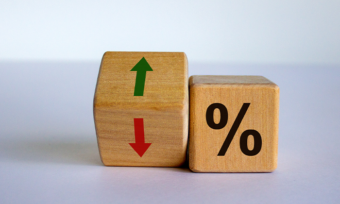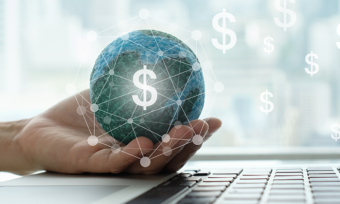Secured and unsecured loans are two specific types of personal loans, each with distinct characteristics:
What is a secured personal loan?
A secured personal loan is a type of personal loan that requires the borrower to provide collateral – typically an asset such as a car or valuable property – as security for the loan.
Because there is collateral backing the loan, lenders have a lower level of risk, which often results in lower interest rates for borrowers.
However, if the borrower fails to repay the loan as agreed, the lender has the right to seize and sell the collateral to recover the outstanding debt.
When should I use a secured personal loan?
Typically, secured personal loans are taken out for big ticket items or expenses. For example:
Buying a vehicle
If you’re buying a car, motorcycle, or other vehicle, you can use the vehicle itself as collateral for a secured auto loan. These loans typically come with lower interest rates than unsecured personal loans.
Home improvements
If you want to make renovations to your home, you can use your property as collateral for a secured personal loan. Some retailers of household furniture and major appliances also offer financing options that work as secured loans.
What is an unsecured personal loan?
An unsecured personal loan is a type of loan that does not require collateral. Borrowers qualify for these loans based on their creditworthiness, income, and financial history. The lender agrees to lend you money without you making a promise of security. If you aren’t able to repay an unsecured personal loan, the lender might take you to court. Because there is more risk involved with this type of loan, lenders usually charge higher interest rates.
A personal overdraft is a type of unsecured personal loan. An overdraft feature attached to your savings or debit bank account lets you spend more money than you have, to an approved limit. And overdraft factility usually comes with monthly fees, and interest is charged on the amount you are overdrawn.
When should I use an unsecured personal loan?
Most unsecured loans have few restrictions on how the money will be used. As long as the loan proceeds aren’t going toward gambling, buying securities, or illegal activities, you’re free to spend the money as you please. Here are some situations when an unsecured personal loan may be the right choice:
Emergency expenses
Unsecured personal loans can be helpful when faced with unexpected financial emergencies, such as medical bills, car repairs, or home repairs, where you need quick access to funds.
Weddings and special events
Funding special occasions like weddings, milestone birthdays, or vacations with an unsecured personal loan can help you spread out the cost over time.
Travel
For travel-related expenses, like a dream vacation, an unsecured personal loan can help you finance your trip.
Which is best?
Ultimately, the choice between a secured and unsecured personal loan depends on your individual financial situation, risk tolerance, and the specific requirements of your borrowing needs. It’s essential to carefully assess your options and compare interest rates, terms, and fees from various lenders to make an informed decision.
Compare personal loan providers with Canstar!
About the author of this page
This report was written by Canstar Content Producer, Caitlin Bingham. Caitlin is an experienced writer whose passion for creativity led her to study communication and journalism. She began her career freelancing as a content writer, before joining the Canstar team.
Enjoy reading this article?
You can like us on Facebook and get social, or sign up to receive more news like this straight to your inbox.
By subscribing you agree to the Canstar Privacy Policy





Share this article